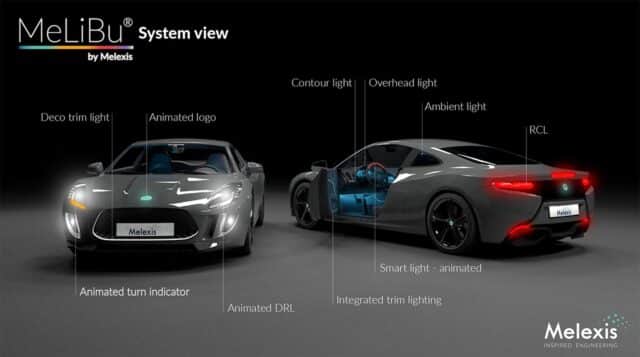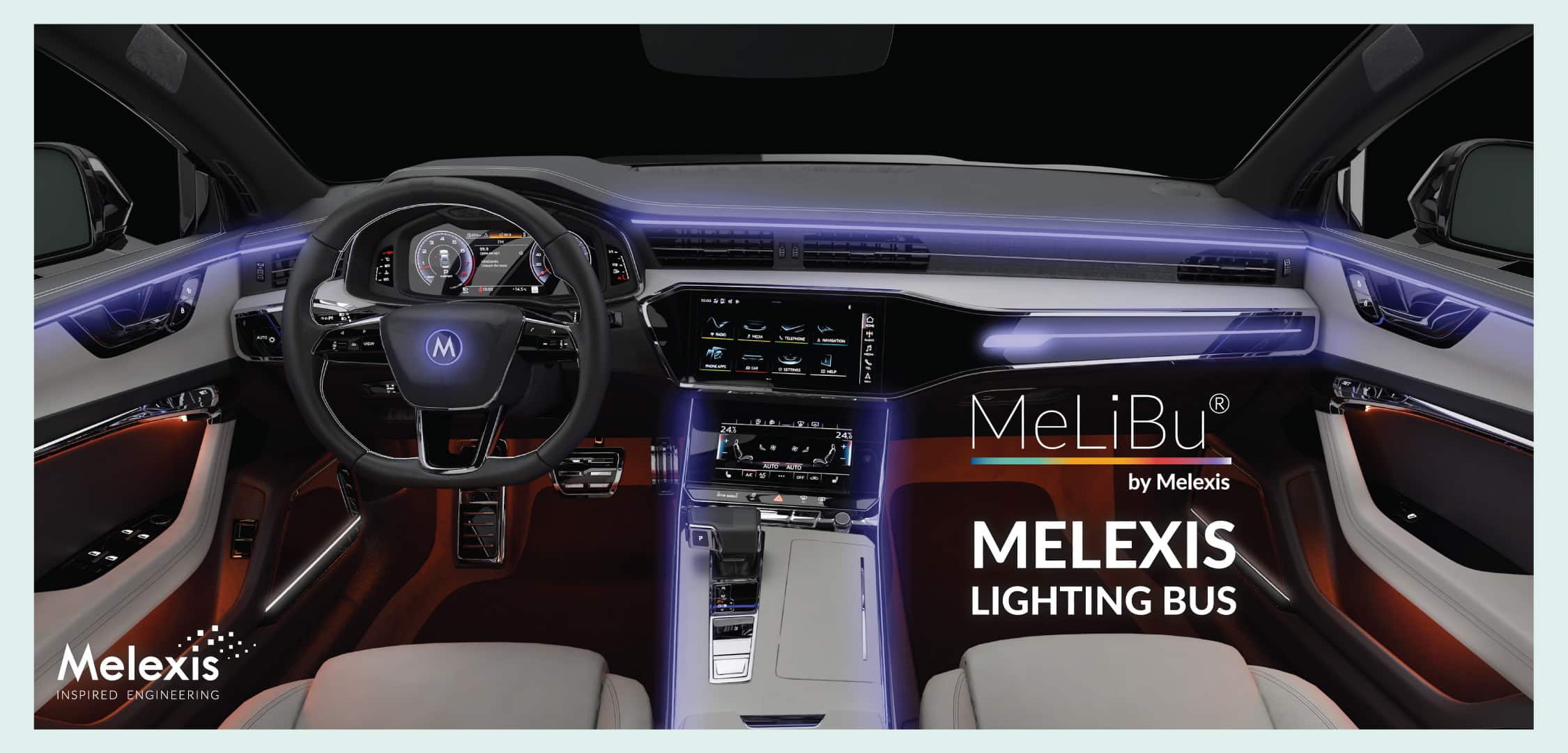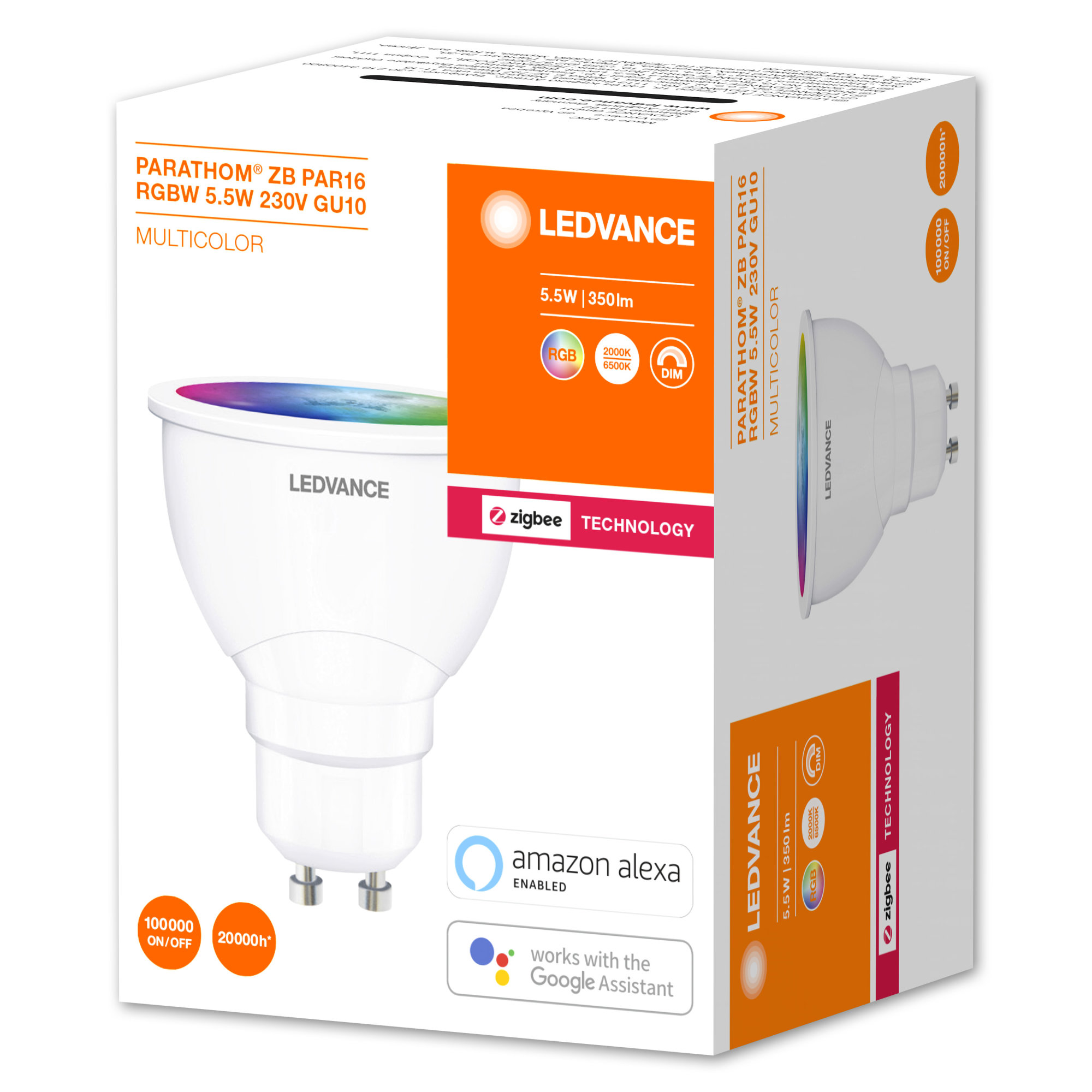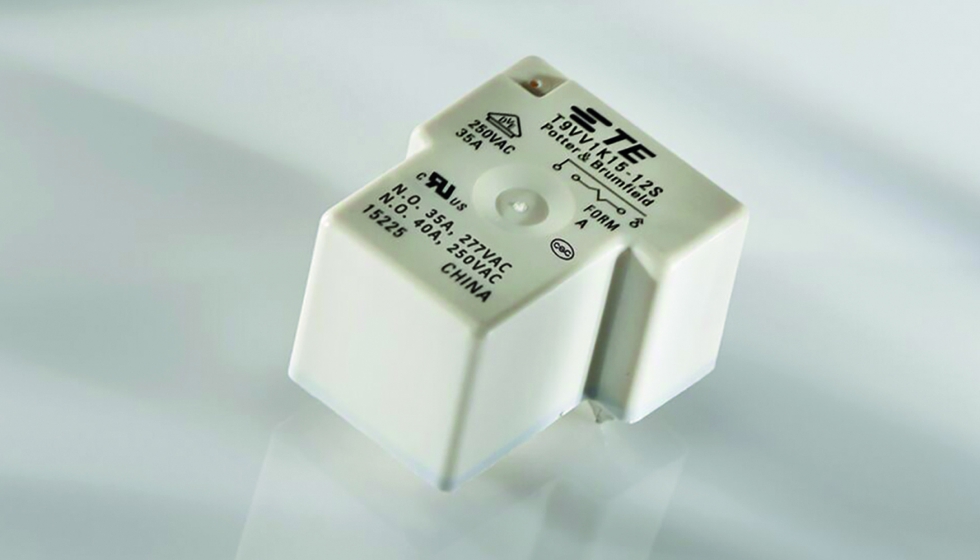
By Michael Bender, Melexis Embedded Lighting Product Line Manager
Solid state lighting has proven to be highly beneficial to the automotive industry, as it has enabled significant operational improvements over previously used incandescent bulbs. These improvements relate to reducing the power consumption of vehicle lighting systems, expanding the potential functions that can be supported, and achieving much higher levels of reliability.
While solid-state lighting was initially focused primarily on high-end models, its adoption has become more widespread in recent years, with even budget models benefiting from it. A study carried out by TrendForce analysts concludes that this technology is already used in more than 53% of new passenger cars and in 85% of new electric vehicles. And he expects these figures to reach 60% and 90%, respectively, by the end of this year.
The breadth of applications for solid-state lighting is also increasing, and LED-based lighting solutions are critical from both safety and comfort standpoints. This technology can also be an important differentiator for manufacturers, allowing them to enhance the internal or external aesthetics of their vehicles to make them more visually appealing to potential buyers.
The ability to go beyond static lighting and implement more complex dynamic compositions is something that many leading vehicle brands are looking to explore. Multicolor mood lighting is already becoming popular. This allows vehicle occupants to alter the hue and intensity of the lighting inside the cabin so that it can be adjusted to their own personal preferences. This can be easily adjusted to suit your mood. Now, however, there are possibilities to go further, with the addition of more sophisticated animated lighting in the latest car models.
The appearance of animated lighting
Examples of the different ways in which animated lighting technology can add a higher degree of vibrancy to vehicle designs are detailed in Figure 1. Among the myriad of possibilities are animated turn signals, daytime running lights, emblems, and steering wheels. All of these will make the vehicles that incorporate them stand out, and manufacturers appreciate that this will give them a clear competitive advantage with which they can try to increase their market share. In addition to allowing the enhancement of the aesthetic dimension, animated lighting will undoubtedly play a vital role when it comes to the well-being of road users. By placing greater visual emphasis on any safety-critical situation that occurs, it will mean that the driver can be alerted more quickly so that evasive action can be taken and the risk of injury avoided.
Animated lighting technology installation
Access to new and exciting lighting effects, such as those described above, will of course increase the levels of complexity of the system. This, in turn, will place a heavy load on the vehicle's network infrastructure. The Controller Area Network (CAN) and Local Interconnect Network (LIN) communication protocols, which many cars still rely on, aren't going to measure up. In simple terms, the LED implementations required for animated lighting functions will be too large in scale for CAN and LIN to cope with. There will be many different LEDs and they will change color at such a rapid rate and frequency that these protocols will not be able to control them effectively. These protocols would only be capable of driving animated content represented on relatively small LED matrices moving at a relatively slow speed, and that won't be enough to gain interest from the customer base. Therefore, an alternative approach will have to be found.
The CAN Flexible Datarate (CAN-FD) protocol offers performance parameters superior to conventional CAN. It is capable of providing sufficient bandwidth to support animated lighting. However, due to its architecture and associated requirements, it is too expensive to justify. This poses a problem for vehicle manufacturers, as they don't want to have to restrict animated lighting to only their luxury models. Ideally, they can roll out this innovation across their entire product portfolio. Also, keep in mind that even CAN-FD would have trouble handling the number of drivers needed for larger scale LED arrays.
With the potential for significant revenue in this emerging market, the number of companies manufacturing RGB LED arrays for the automotive industry is growing dramatically. However, this presents another challenge for car manufacturers, as the prospect of integrating systems from different dies becomes more difficult, especially when the respective color sensitivities have to be adjusted.
There are other key aspects to pay attention to. For example, you have to make sure that the architecture of the car is flexible enough to be able to use this lighting technology without the inconvenience of having to reprogram the body control module (BCM). In addition, it must be ensured that the lighting system has the necessary resistance to cope with the unfavorable application environments presented by automobiles, in terms of electromagnetic interference (EMI) and electrostatic discharge (ESD). In addition to all this, space limitations must be taken into account. With the average modern vehicle crammed with electronic hardware, there is very little room to accommodate new additions, especially if they require more wiring (which will add to the weight of the vehicle and affect fuel economy figures).
To address the difficulties vehicle manufacturers encounter in incorporating animated lighting into upcoming models, Melexis has developed its own dedicated protocol specifically for this purpose. Melexis Light Bus (or MeLiBu) is an automotive-grade connectivity platform for high-speed communication, meeting the need for streamlined cost-effective deployments with a minimum of components involved. The result is a robust solution that can cope with the intricate LED arrays required for animated lighting, but comes with only a low Bill of Materials (BoM) associated with it.
Based on the current 2Mbit/s CAN-FD PHY and using self-syncing UART communication, MeLiBu is compatible with the company's current MLX81116 and MLX81117 LED driver ICs, as well as the MLX81130 OLED driver IC. This license-free protocol allows thousands of RGB LEDs within the entire car to be updated in real time, so that animated content can be rendered without latency issues. Although MeLiBu enables sophisticated in-vehicle functions, it only requires standard wiring, thanks to its differential bus architecture. The high bus thresholds (CAN-FD-PHY) give the system great robustness against EMC disturbances to ensure that the light output remains stable in all circumstances. The CAN-FD PHY supports advanced security applications, in accordance with the ISO26262 functional security standard.
Conclusion
Animated lighting could be a way for carmakers that adopt it to differentiate themselves from their rivals, but there are serious engineering hurdles to overcome first. In particular, you have to make sure that there is enough network bandwidth to drive the myriad LEDs involved. What is called for, therefore, is a high-speed automotive bus protocol that makes it easy for vehicle manufacturers to adopt the many functional possibilities that can be derived from the use of animated lighting. This protocol has to be highly scalable and inherently flexible, so that it can accommodate LED arrays of different sizes and produced by different vendors. Also, you should avoid the need to make significant changes to the BCM or increase the wiring. With MeLiBu, Melexis has introduced a streamlined solution that is both technically and commercially viable. It combines the required performance with a low BoM. The vehicles of prominent automobile companies that will incorporate MeLiBu are already on the road.







